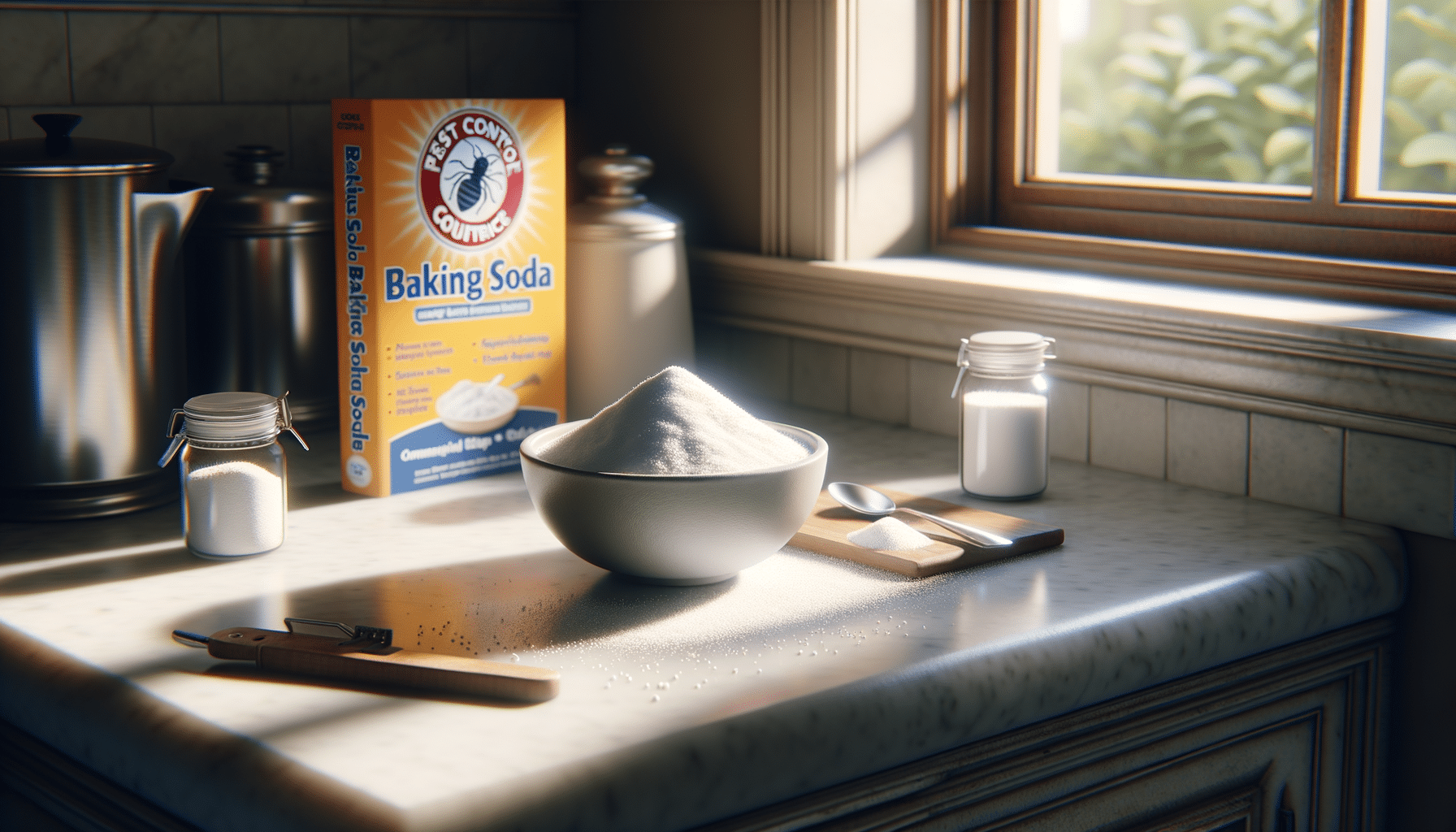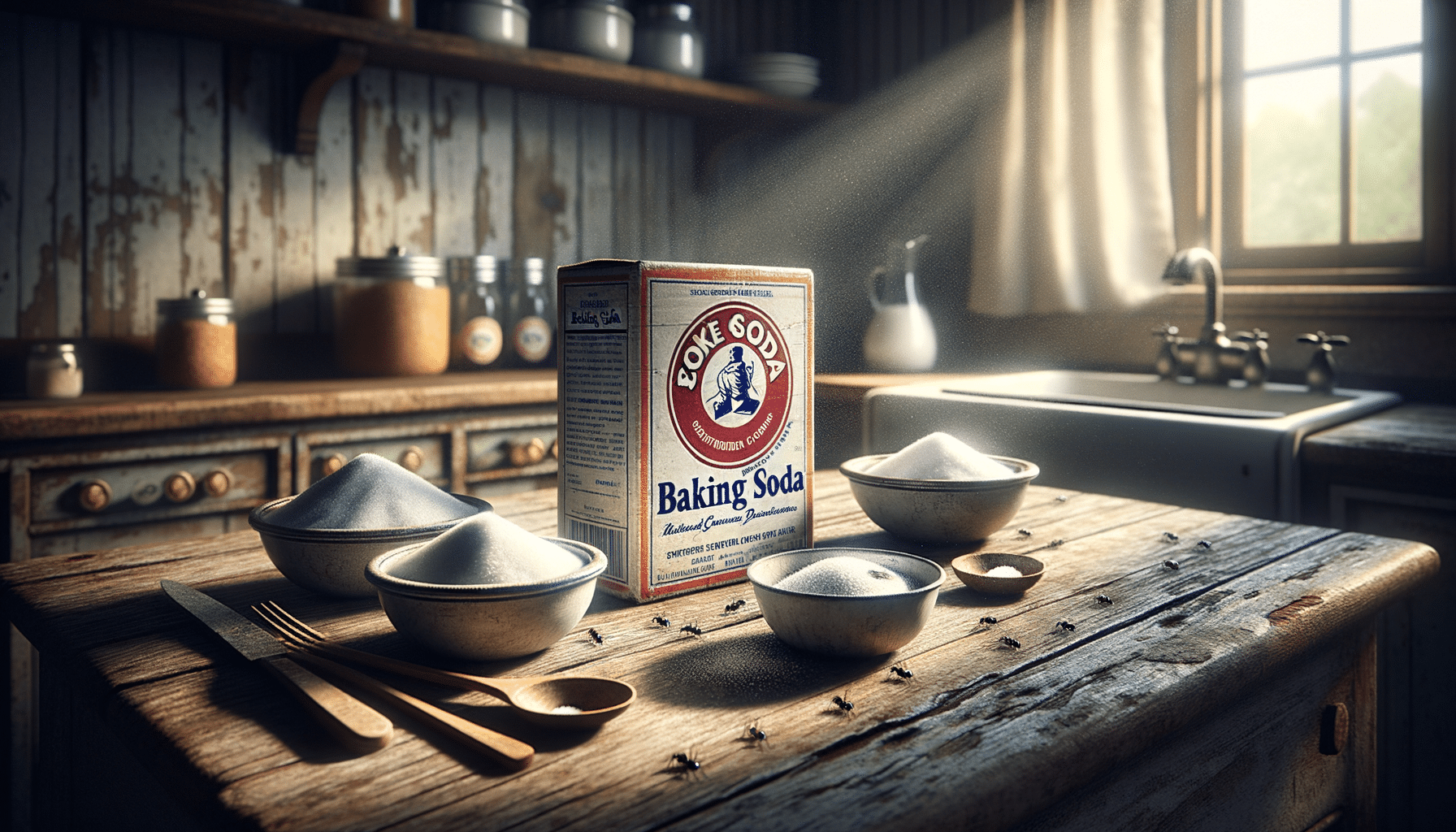
3 Hidden Truths Behind Every “Clean” House
The Illusion of Cleanliness
When we walk into a pristine home, the gleaming surfaces and fresh scents can create an illusion of perfect cleanliness. However, beneath this facade lies a complex process that involves more than just wiping and dusting. Understanding this illusion is essential for maintaining a truly clean environment. Many people assume that a clean house simply means everything is in its place and surfaces are free of visible dirt. Yet, there are hidden factors that contribute to a home’s cleanliness, including air quality, unseen bacteria, and the effectiveness of cleaning products used.
To begin with, air quality is a critical aspect of a clean home. It is influenced by various factors such as ventilation, presence of allergens, and even the type of cleaning agents used. Using eco-friendly cleaning products can improve indoor air quality by reducing the presence of volatile organic compounds (VOCs), which can have adverse health effects.
Moreover, the unseen bacteria and germs lurking on surfaces are often overlooked. While a surface may appear spotless, it can still harbor harmful microorganisms. Regular sanitization and the use of effective disinfectants are vital in combating these hidden threats. It’s also important to note that certain areas of the home, such as kitchens and bathrooms, require more frequent cleaning due to the higher likelihood of bacteria growth.
Finally, the effectiveness of the cleaning products should not be underestimated. Not all products are created equal, and some may only mask odors or provide a temporary shine. Investing in high-quality cleaning solutions can make a significant difference in maintaining a truly clean home.
The Science Behind Cleaning Products
Cleaning products are the unsung heroes of a spotless home, yet their science is often misunderstood. These products are carefully formulated to tackle specific types of dirt and stains effectively. Understanding the science behind them can help homeowners choose the right products for their needs, ensuring efficiency and safety.
Most cleaning agents are composed of surfactants, which are responsible for breaking down and removing dirt. Surfactants work by reducing the surface tension of water, allowing it to spread and penetrate more easily into dirt and grime. This process lifts the dirt from surfaces, making it easier to wipe away.
In addition to surfactants, many cleaning products contain enzymes, particularly those designed for laundry and dishwashing. Enzymes are proteins that speed up chemical reactions, breaking down organic matter such as food stains and grease. This makes them highly efficient in cleaning tasks that involve protein-based stains.
Another crucial component in cleaning products is the pH level. The pH scale ranges from 0 to 14, with 7 being neutral. Products with a low pH (acidic) are effective against mineral deposits and rust, while those with a high pH (alkaline) are excellent for cutting through grease and oils. Knowing the pH level of a cleaning product can help determine its suitability for different cleaning tasks.
Safety is also paramount when using cleaning products. It’s important to follow the manufacturer’s instructions and use protective gear if necessary. Mixing products, especially those containing bleach, can produce harmful fumes and should be avoided.
The Role of Professional Cleaning Services
Professional cleaning services offer a level of expertise and thoroughness that can be difficult to achieve with routine cleaning. These services are equipped with advanced tools and products, and their staff are trained in the latest cleaning techniques. This makes them an excellent choice for maintaining a high standard of cleanliness in both residential and commercial spaces.
One of the primary advantages of hiring professional cleaners is their ability to tackle deep cleaning tasks. They have access to industrial-grade equipment that can efficiently clean carpets, upholstery, and hard-to-reach areas. This ensures a more comprehensive clean that goes beyond surface-level tidying.
Professional cleaning services also provide specialized cleaning solutions tailored to specific needs. For instance, they can offer hypoallergenic cleaning for homes with allergy sufferers, or green cleaning for those concerned about environmental impact. This customization ensures that the cleaning process aligns with the client’s preferences and requirements.
Moreover, hiring professional cleaners can save time and reduce stress. With busy schedules, many people find it challenging to maintain a consistent cleaning routine. By outsourcing this task, homeowners can enjoy a clean home without sacrificing their precious time. This convenience is particularly beneficial for those who host events or have frequent guests, as it ensures their home is always presentable.
In conclusion, professional cleaning services provide a reliable and efficient solution for maintaining a clean and healthy living environment. Their expertise, coupled with specialized tools and products, ensures a level of cleanliness that is hard to achieve through regular cleaning efforts.
Eco-Friendly Cleaning Practices
With growing awareness of environmental issues, eco-friendly cleaning practices have gained popularity. These practices not only contribute to a healthier planet but also promote a safer home environment. By adopting sustainable cleaning methods, individuals can minimize their ecological footprint while maintaining a clean and healthy home.
Eco-friendly cleaning begins with choosing the right products. Many conventional cleaning agents contain harmful chemicals that can be detrimental to both health and the environment. Opting for natural and biodegradable products is a more sustainable choice. These products are free from harsh chemicals and are often made from plant-based ingredients.
In addition to product selection, reducing waste is a key aspect of eco-friendly cleaning. This can be achieved by using reusable cleaning tools such as microfiber cloths and mop heads. These items can be washed and reused multiple times, reducing the need for disposable cleaning supplies.
Another effective eco-friendly practice is making homemade cleaning solutions. Simple ingredients like vinegar, baking soda, and lemon juice can be combined to create effective and non-toxic cleaning agents. These solutions are not only safe but also cost-effective.
Lastly, water conservation is an important consideration in sustainable cleaning. Using a bucket instead of running water, or investing in water-efficient cleaning appliances, can significantly reduce water usage. Every small effort counts towards a larger impact on environmental conservation.
By embracing eco-friendly cleaning practices, individuals can contribute to a healthier planet while enjoying the benefits of a clean home. These practices not only reduce environmental impact but also promote a safer and healthier living space.
Maintaining a Clean Home: Tips and Tricks
Maintaining a clean home can be a daunting task, but with the right strategies and habits, it becomes manageable and even enjoyable. Here are some practical tips and tricks to help keep your home in top condition.
First and foremost, establishing a cleaning schedule is crucial. Consistency is key, and having a routine ensures that cleaning tasks are not overwhelming. Breaking down chores into daily, weekly, and monthly tasks can make the workload more manageable. For example, dusting and vacuuming can be done weekly, while deep cleaning tasks like washing windows can be scheduled monthly.
Decluttering is another essential aspect of maintaining a clean home. A cluttered space not only looks messy but also makes cleaning more challenging. Regularly sorting through belongings and donating or discarding items that are no longer needed can help maintain order and cleanliness.
Incorporating small habits into daily routines can also make a big difference. Simple actions like wiping down surfaces after use, making the bed every morning, and immediately putting away items after use can prevent messes from accumulating. These habits become second nature over time and contribute to a consistently tidy home.
Utilizing storage solutions is another effective strategy. Having designated spaces for items ensures that everything has a place, reducing clutter and making cleaning easier. Consider investing in storage bins, shelves, and drawer organizers to maximize space and keep items organized.
Finally, involving the whole household in cleaning tasks can lighten the load. Assigning age-appropriate chores to family members instills a sense of responsibility and ensures that everyone contributes to maintaining a clean home.
By implementing these tips and tricks, maintaining a clean home becomes a more achievable and rewarding endeavor. With a little planning and effort, a clean and organized living space is well within reach.


